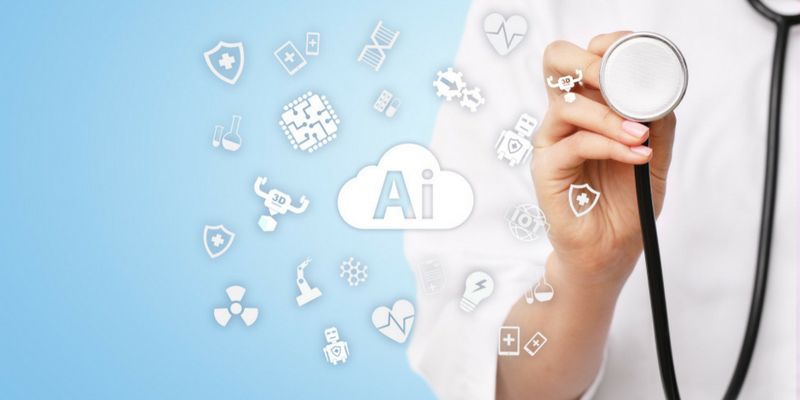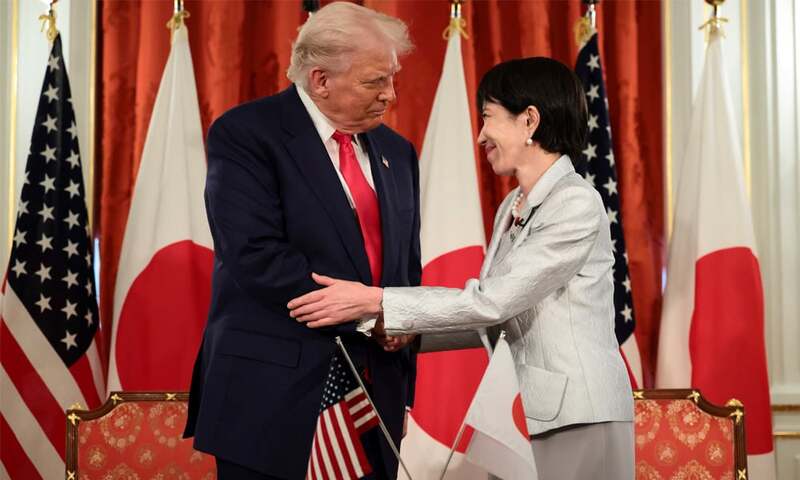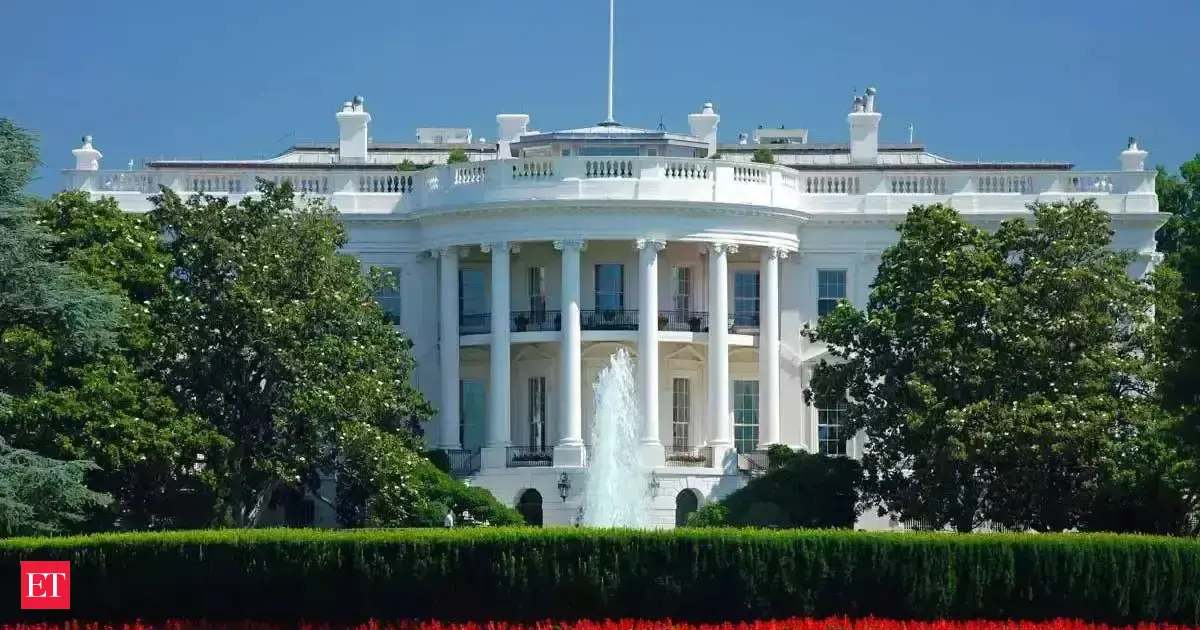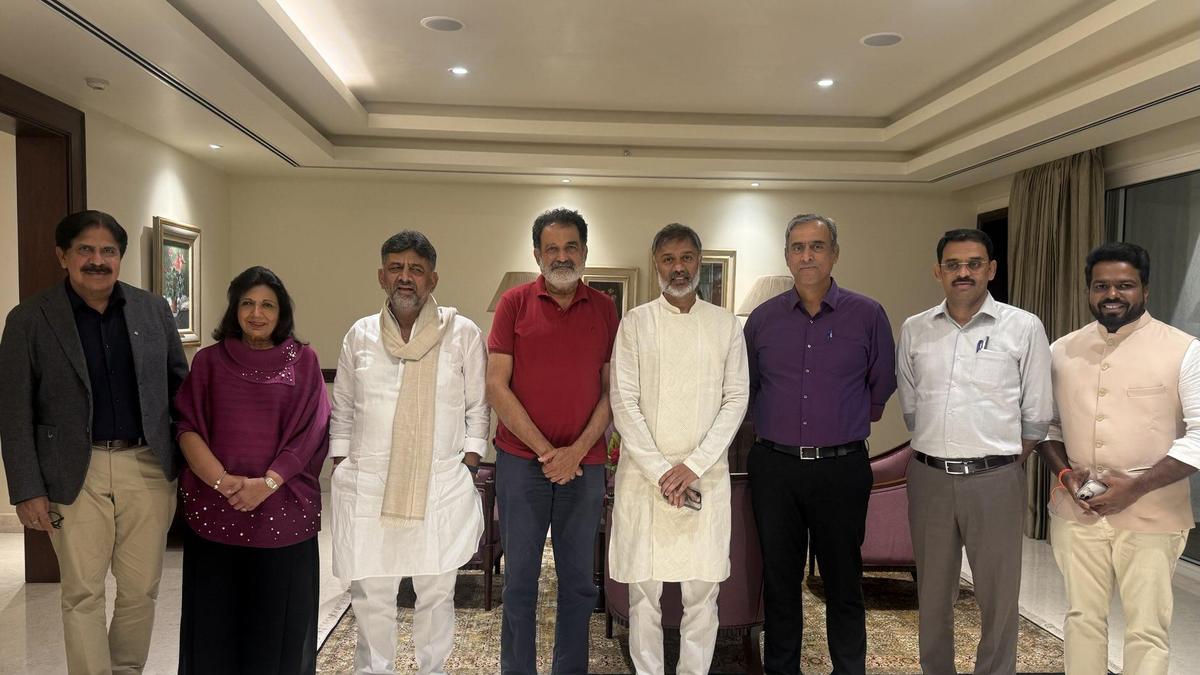Copyright yourstory

In India’s smaller cities and towns, getting a proper diagnosis can often feel like a marathon. You would first consult your local doctor, and if the doctor cannot diagnose you, then they would refer you to a bigger hospital. But even hospitals in Tier II or Tier III cities lack specialists. You might ultimately end up having to travel to a bigger city to consult a specialist. This is a huge drain on people’s time and resources, and ultimately the country’s productivity. But AI (artificial intelligence) is quietly changing that story. What once required a big-city hospital and a team of experts can now happen in a modest clinic with an internet connection and a portable device. Let’s dive into how this is playing out. Most smaller towns face an acute shortage of trained medical professionals, especially radiologists and pathologists. AI helps fill this gap by interpreting medical images, blood samples, and test data within minutes. Many homegrown startups like Qure.ai, Niramai, and SigTuple have built AI systems that help with breast cancer screening, digital microscopy, and automated interpretation of radiology exams. These tools don’t replace doctors, instead, they help increase doctors’ efficiency and reduce their workload. A community clinic in Nashik or Jabalpur can now offer reports that match metro-level standards. Earlier this year, the Government of India designated AIIMS Delhi, PGIMER Chandigarh, and AIIMS Rishikesh as ‘Centres of Excellence for Artificial Intelligence’ with an aim to promote development and use of AI based solutions in health. AI-powered imaging tools can read CT scans, X-rays and ultrasound images to come up with fast, reliable diagnoses. They can flag early signs of tuberculosis, pneumonia, fractures, or tumours - even when no radiologist is physically present. In fact, under the Ministry of Health and Family Welfare’s tuberculosis elimination program called ‘Cough against TB’, AI has helped detect an additional 12-16% cases of TB reported, which may have been missed if patients were screened using conventional methods. Many countries across the world are deepening their adoption of AI. The UK’s famously overburdened National Health Service (NHS) is now trialing AI across the entire country. Similarly, in the US, the Centre for Disease Control (CDC) has rolled out a number of initiatives where AI is being used to improve health outcomes and reduce pressure on frontline workers. Perhaps the most exciting use of AI in smaller towns is the rise of portable, AI-enabled diagnostic devices. Handheld ultrasound machines, smart ECG monitors, and digital stethoscopes are bringing care to patients instead of the other way around. Even community health workers can operate them. The AI interprets results instantly, offering insights that once required a trained specialist. AI-assisted ECG tools, for instance, are already helping detect cardiac issues during rural health camps. Most AI systems rely on the cloud. Data from a remote village can be uploaded instantly and analysed online. When linked with telemedicine platforms, the process becomes seamless: AI flags an issue, a doctor verifies it remotely, and treatment begins, all in the same day. This hybrid model of “AI + telemedicine” can make what was once a huge marathon an easy sprint. The biggest advantage of using AI is that it makes healthcare more affordable. By reducing dependence on big infrastructure and multiple specialists, the cost per test drops significantly. Private labs and startups can now expand into semi-urban markets without high operational costs. For patients, that means reliable tests without spending thousands on travel or waiting weeks for results. Combined with the government betting on AI under programmes like Ayushman Bharat and eSanjeevani, apart from the ones mentioned earlier, AI is no longer an elite urban experiment. It is becoming a part of the national health infrastructure. The success of AI in Indian healthcare depends on how well it understands Indian data. Many startups are training algorithms on Indian patient datasets to improve accuracy. They’re also working to make AI diagnostic interfaces available in regional languages. That’s true democratisation: not just access to tech, but access in one’s own language. Tier II and III cities are no longer the last to benefit from innovation, they’re becoming the proving grounds for inclusive healthcare. AI is helping rewrite the geography of access and bringing expert-level diagnosis to the country’s heartland. From remote X-ray vans in Rajasthan to AI-powered pathology labs in Assam, the shift is underway. (Deepak Sahni is the Founder and Chairman of Healthians) (Disclaimer: The views and opinions expressed in this article are those of the author and do not necessarily reflect the views of YourStory.)



